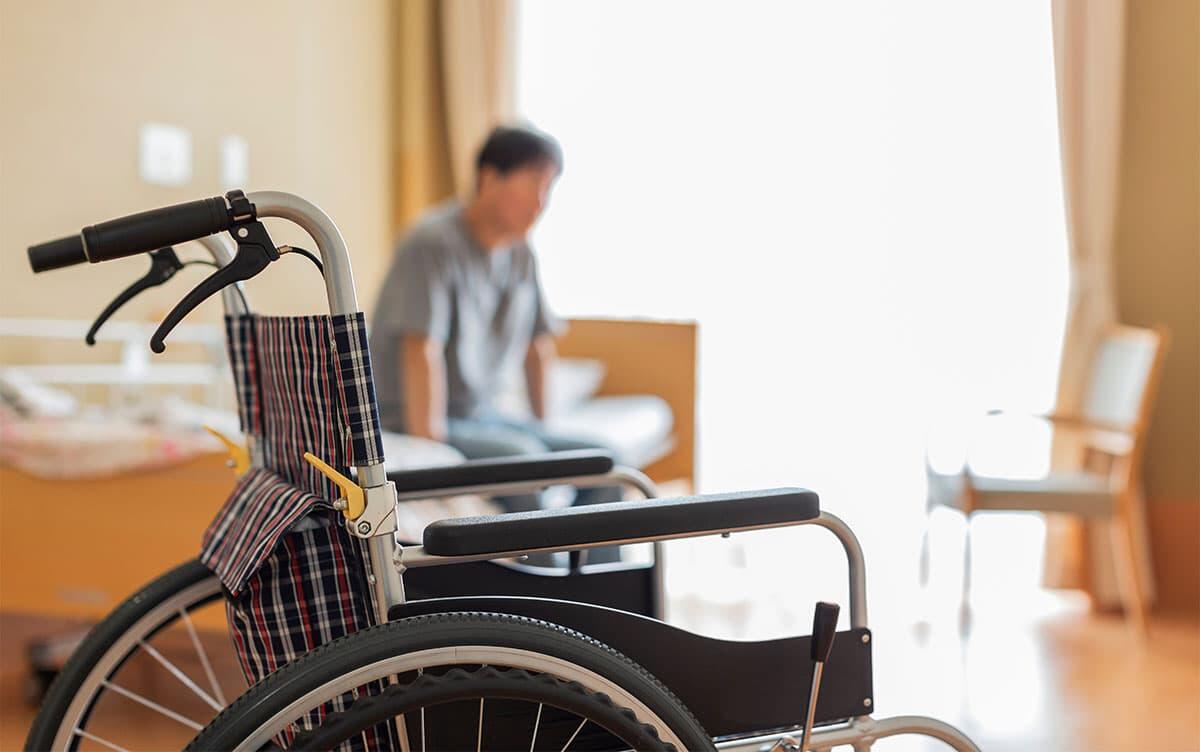Research News
First Quantitative Assessment of Fracture Risk after Nursing Home Admission among Wheelchair Users
 Image by sukiyaki/Shutterstock
Image by sukiyaki/Shutterstock
The transition to institutional care for individuals who rely on wheelchairs often necessitates a change in the type of wheelchair they use. This change may inadvertently increase the risk of falls and subsequent fractures. In a recent study conducted by researchers at the University of Tsukuba, data from residents admitted to nursing homes were analyzed to investigate this issue. The study found that fractures occurred in five residents who had likely transitioned to a different wheelchair after admission, whereas no fractures were reported among those who were likely to have continued using the same type of wheelchair.
Tsukuba, Japan—Properly matching wheelchairs to the physical capabilities of residents requiring long-term care is critical for maintaining safety and mobility. Under Japan's long-term care insurance system, multifunctional wheelchairs--equipped with various supportive features--can be rented for home use at relatively low cost. However, once individuals enter nursing homes, access to these rental services is discontinued. As a result, residents who had used multifunctional wheelchairs prior to admission are often required to use standard, facility-owned wheelchairs that may not adequately meet their functional needs. This discontinuity in wheelchair provision may increase the risk of falls or fractures among newly admitted residents.
This study analyzed data from 215 older adults in Ibaraki Prefecture who had used wheelchair rental services before entering nursing homes. Approximately 40% of these individuals had used multifunctional wheelchairs prior to admission. Among them, five experienced fractures after admission, while no fractures occurred among those who had used standard wheelchairs before entering nursing homes.
It is important to note that the study could not confirm the specific wheelchair models used after admission or the exact circumstances surrounding the fractures. Therefore, although the results suggest a potential association between discontinuation of multifunctional wheelchairs and increased fracture risk, a causal relationship cannot be conclusively established.
Nevertheless, this research represents the first quantitative assessment to highlight the potential impact of wheelchair continuity on fracture risk among nursing home residents. Future investigations will include questionnaire-based surveys to better understand wheelchair provision practices within nursing homes and to explore broader health outcomes associated with disrupted wheelchair use. The ultimate goal is to support the development of care systems that ensure continued access to appropriate wheelchairs for residents after admission.
Original Paper
- Title of original paper:
- Type of Wheelchair Used before Nursing Home Admission and Fall-Related Fractures after Nursing Home Admission
- Journal:
- JMA Journal
- DOI:
- 10.31662/jmaj.2025-0194
Correspondence
Professor TAMIYA Nanako
Health Services Research and Development Center / Institute of Medicine, University of Tsukuba
Related Link
Institute of Medicine
Department of Health Services Research, Institute of Medicine



